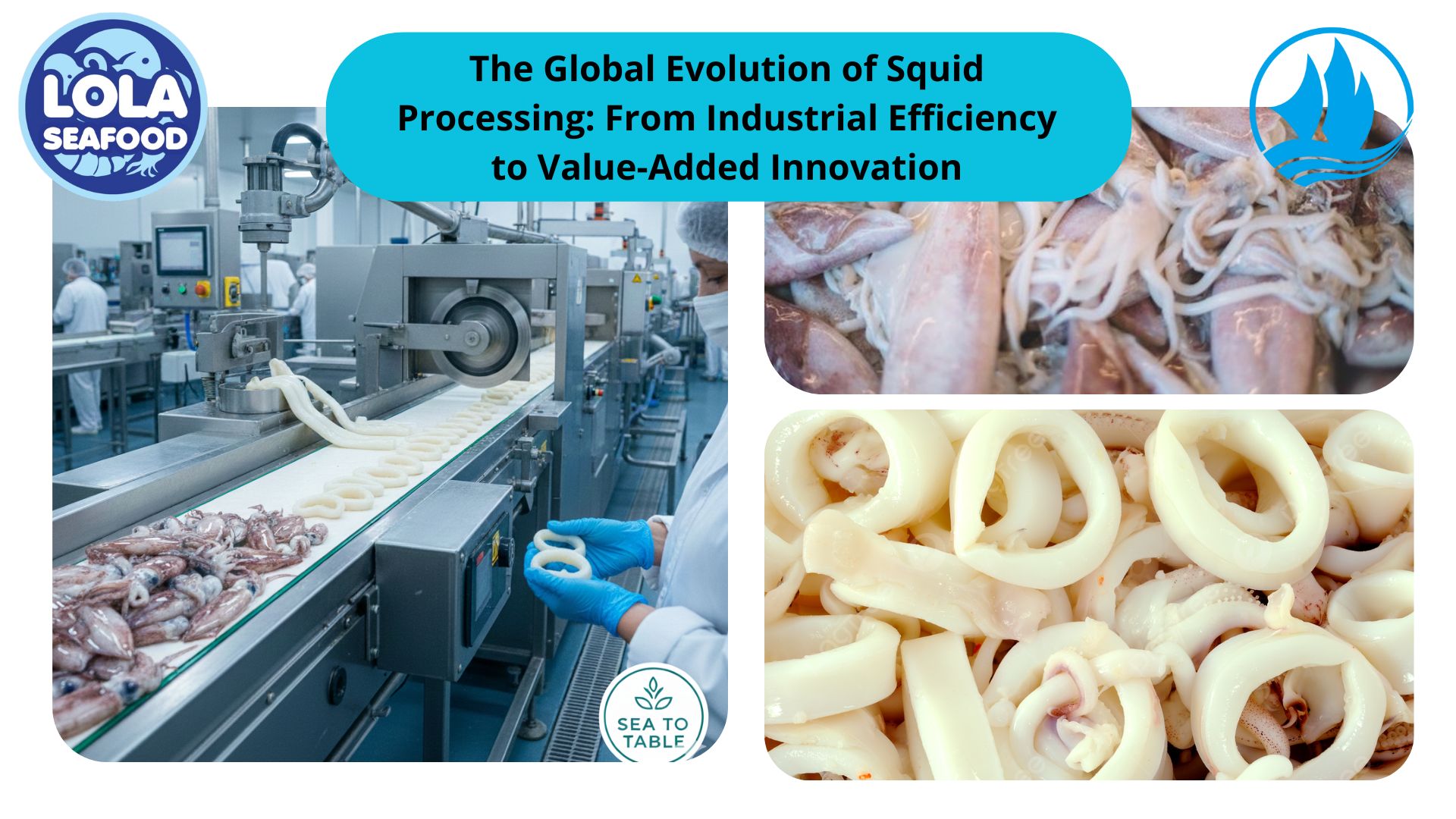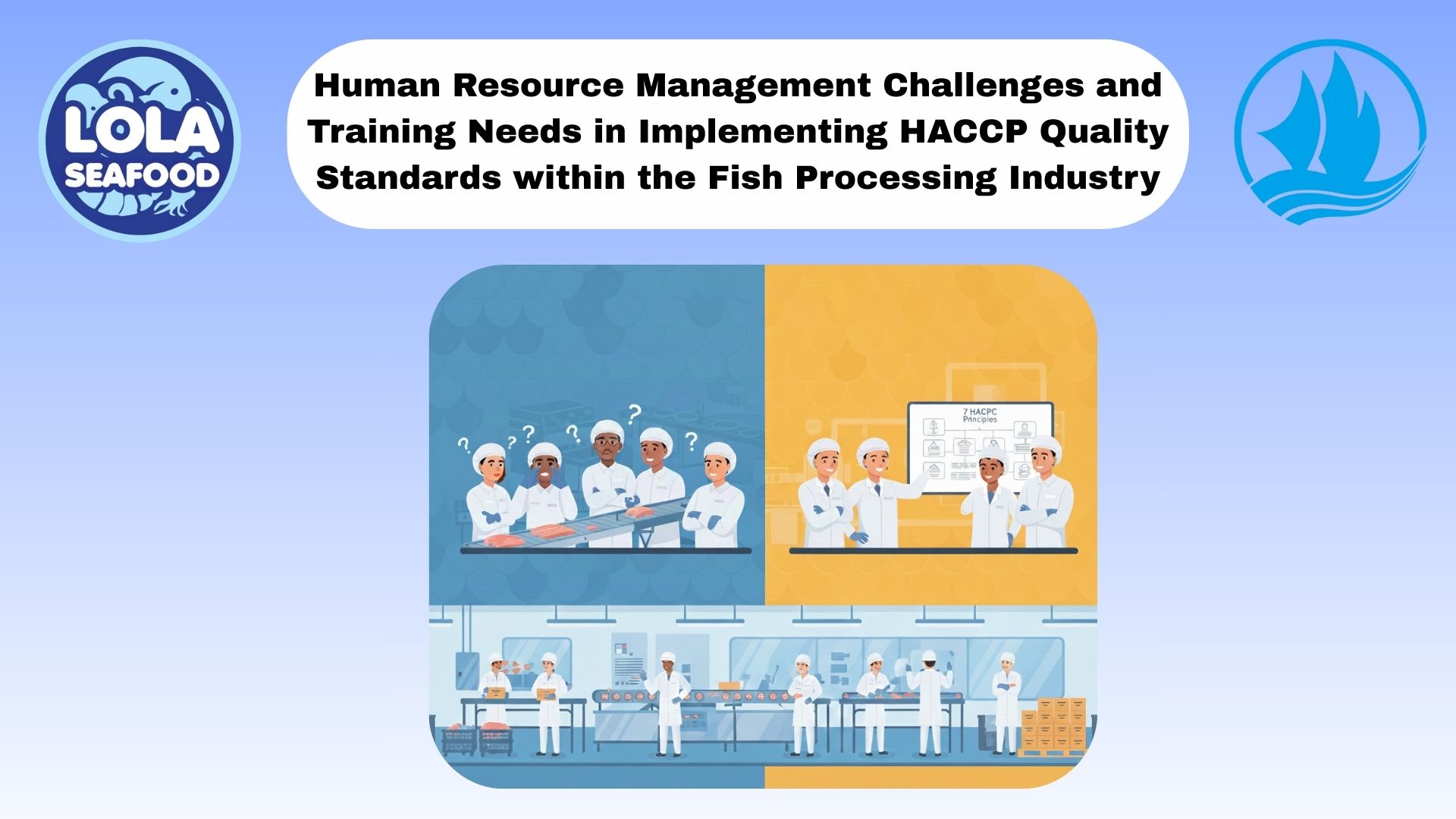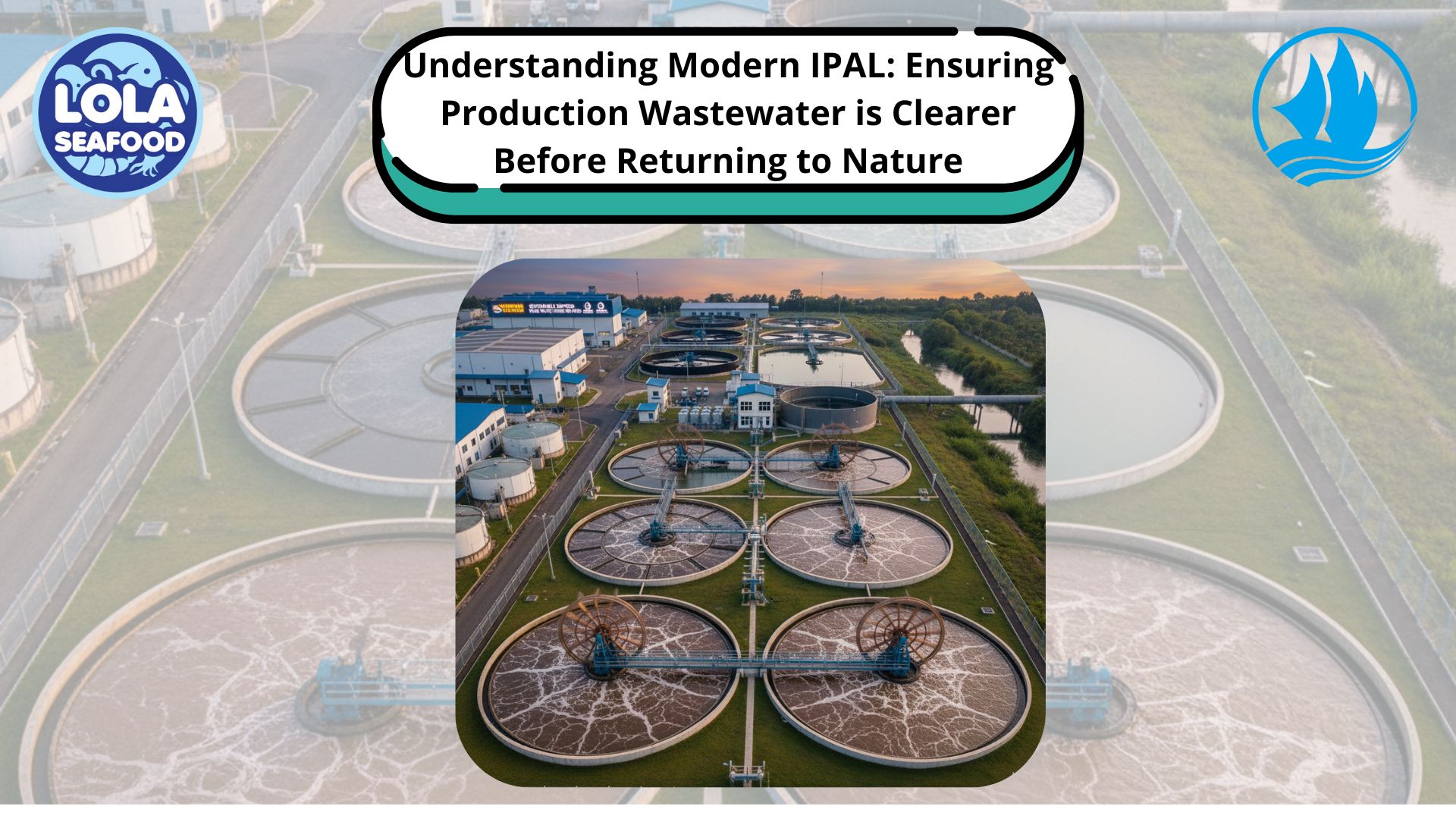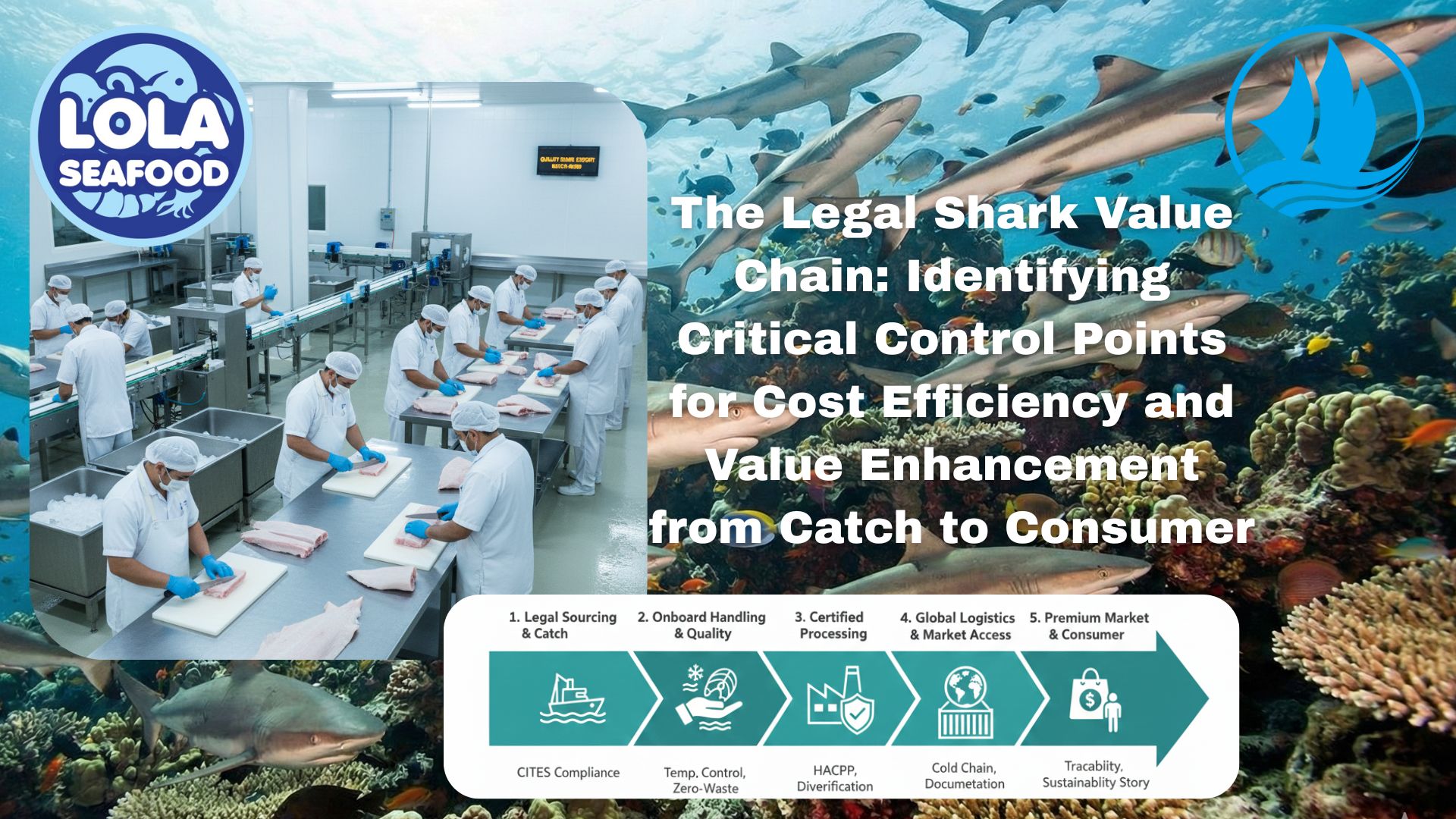WATER IN FOOD PROCESSING
By. Najih - 23 Jul 2024.jpg)
Water supply, wastewater treatment, and disposal are critical issues that must be addressed at the earliest stages of project planning and new food processor plant site selection. Food processors are required to use potable water for the following uses:
- Water that is in contact with the product for washing, rinsing, conveying, etc.
- Water is used to clean equipment and product contact surfaces.
- Water is used for employee sanitation, such as hand washing.
So, water is used for many purposes in a food processing plant and the amount of water varies depending on the type of food being processed and the types of equipment used. For example, if foods are cooked with steam or boiling water, more than one gallon (3.8 liters) may be needed per pound (0.45 kilograms) of food processed, whereas cold foods require less than one gallon of water per pound of food.
How to Disinfect Water
- Disinfection treatment of water occurs most commonly in three different ways; chlorine, ultraviolet (UV), and ozone. Chlorine disinfection is considered the most basic. Water is filtered with hypochlorite. This generates a chlorine residual that inactivates pathogens such as bacteria.
- Ultraviolet (UV) disinfection requires less contact time than chlorine disinfection and is chemical-free. Water is directed into a reactor that emits a UV light of low wavelengths destroying DNA structures of micro-organisms like moulds, yeasts, bacteria, and viruses. A drawback that UV disinfection has is that it’s sensitive to water clarity. Pre-treatment of wastewater with UV disinfection is common because higher water clarity uses less energy to treat.
- Ozone disinfection is a powerful oxidation treatment. This is an ideal approach for treating recalcitrant contaminants that are not removed by other processes or technologies. Although, it is commonly used in conjunction with other processes and technologies.
Ways to Reuse Water in Food Processing Plants
-
For years, the reuse of food processing water onsite was limited to non-food contact and cleaning uses. Now, treated or reconditioned water can be reused in several different areas. When choosing to reuse and recycle water follow the legal requirements that have been shown to satisfy safety and quality criteria. Appropriate risk assessment and hazard analysis should be performed for the intended applications for reuse.
- Reusing water for what is considered a high-end process must be disinfected to drinking water standards as defined by the World Health Organization. Examples of high-end processes include washing pipes used in equipment, bottle washing, or other processes where the water comes in contact with a food or beverage product. Using water that has been recycled for low-end uses such as cleaning skids or washing trucks should be treated for microbial quality requirements.
.jpg)
The Impact of HACCP-Based Integrated Quality Management Programs on the Quality and Competitiveness of Fresh Demersal Fish Products
 and Employee Productivity on the Demersal Fish Processing Floor.jpg)
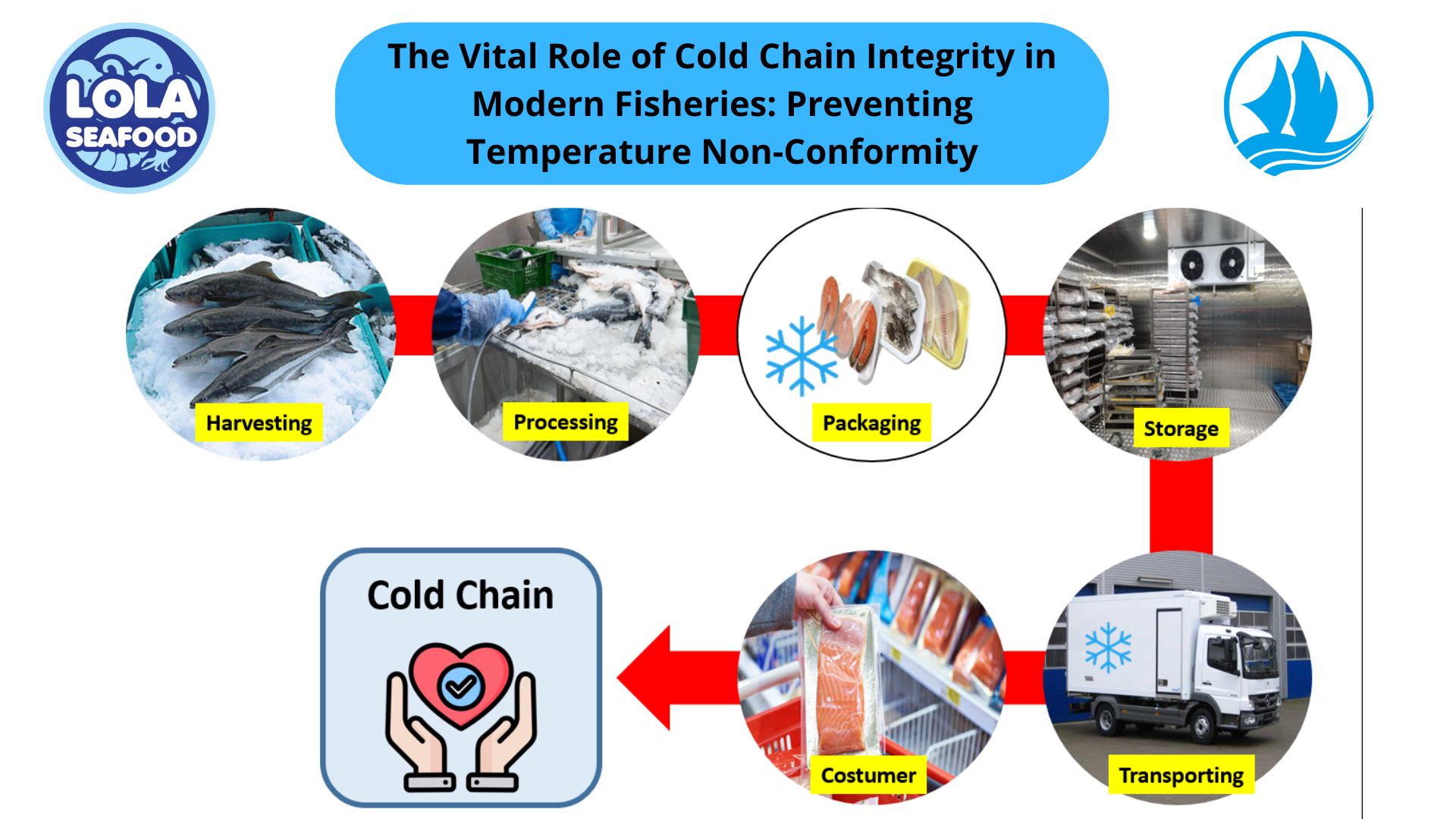
.jpg)
